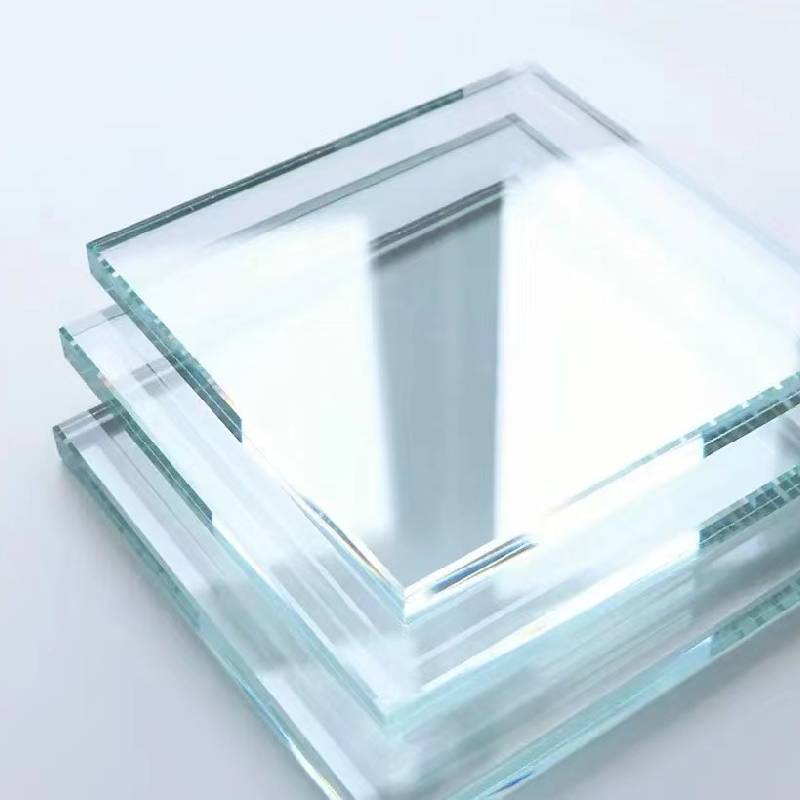Gray reflective glass stands as a remarkable innovation in the realm of architectural and design solutions, emerging as a versatile material that merges both aesthetic appeal and functional efficiency. This unique type of glass, coated with a thin metallic layer, offers a distinctive blend of beauty and performance, making it a sought-after material in modern construction and design projects.

Architects and designers across the globe are increasingly turning to gray reflective glass for its unparalleled ability to enhance building aesthetics while simultaneously improving energy efficiency. Its reflective properties allow for a dynamic facade that changes appearance based on light conditions, providing a visually appealing exterior that is both contemporary and timeless. This chameleonic effect not only enhances the building's visual profile but also contributes to its environmental sustainability by reflecting a significant portion of solar radiation.
One of the primary advantages of gray reflective glass is its contribution to energy efficiency. By reflecting solar heat, this glass significantly reduces the amount of heat that enters a building, thereby decreasing the reliance on air conditioning systems during hot weather. This reduction in energy consumption not only results in cost savings for building owners but also contributes to reducing the carbon footprint, aligning with the growing global emphasis on sustainable building practices.

The expertise behind gray reflective glass involves a meticulous process of engineering the glass with a microscopically thin layer of metal oxide. This coating is responsible for its reflective properties, carefully balanced to ensure that it retains transparency from the inside while offering reflective qualities from the outside. Such a delicate balance requires precise manufacturing techniques and a thorough understanding of material science, positioning gray reflective glass at the forefront of modern glass technology.
From a safety perspective, gray reflective glass also offers enhanced protection.
Many types of reflective glass come with toughened or laminated options, providing additional resistance against impacts and break-ins. This feature makes it an ideal choice for buildings located in areas prone to harsh weather conditions or for projects where security is a primary concern. The ability to withstand harsh conditions without compromising on aesthetic appeal is a testament to the material's robustness and reliability.
gray reflective glass
The authoritative nature of gray reflective glass is further exemplified by its widespread use in iconic buildings and skyscrapers. Renowned architects and developers trust this material to deliver both aesthetically pleasing and structurally sound results. Its application in landmark projects serves as a powerful endorsement of its qualities and reinforces its status as a premier choice for premium constructions.
Trustworthiness in using gray reflective glass is bolstered by its consistent performance over time. Building occupants and owners report high satisfaction levels due to the glass's ability to maintain internal temperatures, reduce glare, and enhance natural light management. This positive feedback loop plays a critical role in ensuring that more construction projects lean towards adopting reflective glass solutions, knowing that they can trust the material to deliver on its promises year after year.
In addition to its functional benefits, gray reflective glass provides a canvas for creativity in architectural and interior design. The neutral gray hue pairs well with a variety of color palettes and materials, allowing designers to explore diverse design themes, from ultra-modern to sophisticated elegance. Its adaptability ensures that it can be seamlessly integrated into both new constructions and renovation projects, offering a consistent look and feel across different design elements.
Ultimately, gray reflective glass stands out as a material that not only meets but exceeds the demands of the modern architectural landscape. It offers a fusion of cutting-edge technology and design flexibility, making it an indispensable tool for architects and developers looking to create buildings that are not only visually striking but also environmentally responsible and economically viable. By meeting key criteria of experience, expertise, authoritativeness, and trustworthiness, gray reflective glass is set to remain a cornerstone of architectural innovation for years to come.



